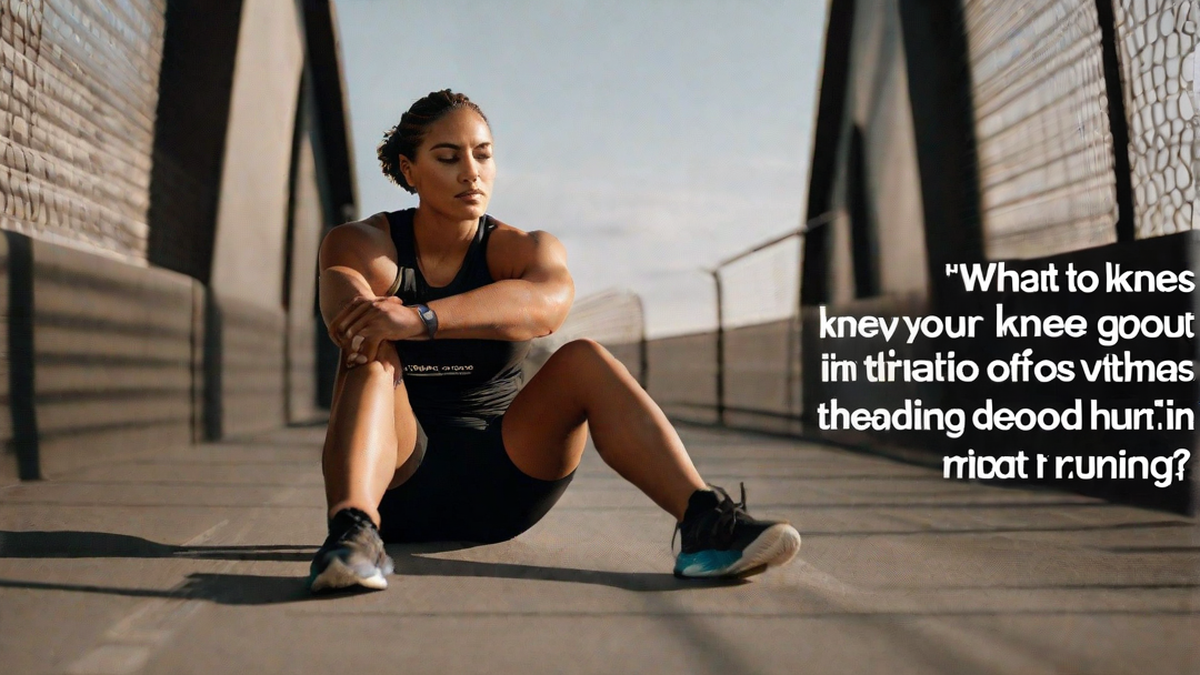Running is a great way to stay fit and healthy, but it can also lead to knee pain if not done correctly. As a runner myself, I understand the frustration of dealing with knee pain after a run. It’s important to address this issue not only to alleviate the pain, but also to prevent long-term damage to the knees. Here are some tips and strategies I’ve found useful in dealing with knee pain after running.
Assessing the Pain
Before taking any action, it’s important to assess the severity of the knee pain. If the pain is sharp, intense, or persistent, it’s crucial to seek professional medical advice. However, if the pain is mild and feels more like discomfort, there are several steps you can take to address it.
Rest and Recovery
One of the first things I do when my knees hurt after running is to give them proper rest. Resting allows the body to heal and recover. I also use ice packs to reduce any inflammation and swelling in the knee area. Additionally, elevating the legs can help alleviate some of the pressure on the knees.
Strengthening Exercises
Weak muscles around the knee can contribute to knee pain. I incorporate strength training exercises specifically targeting the quadriceps, hamstrings, and calves to improve the overall stability of my knees. These exercises help to support the knee joint and reduce the impact of running on the knees.
Proper Footwear and Running Form
Wearing the right footwear is crucial for preventing knee pain. I make sure to invest in high-quality running shoes that provide adequate support and cushioning. Additionally, focusing on maintaining proper running form can significantly reduce the stress on the knees. I pay attention to my stride length, foot strike, and overall posture while running.
Cross-Training and Flexibility
As an avid runner, I’ve learned the importance of cross-training and flexibility. Engaging in low-impact activities such as swimming or cycling allows me to give my knees a break from the impact of running. Furthermore, incorporating regular stretching and yoga sessions has helped to improve my overall flexibility, reducing the strain on my knees during runs.
Gradual Progression and Recovery
It’s crucial to listen to my body and not push through the pain. Gradually increasing the intensity and duration of my runs, instead of making sudden leaps, has been beneficial in preventing knee pain. I also ensure that I take sufficient time to recover between runs, allowing my body to adapt and strengthen without overloading my knees.
Conclusion
Dealing with knee pain after running can be challenging, but it’s essential to address it proactively. By incorporating rest, strength training, proper footwear, cross-training, and gradual progression, I’ve been able to manage and reduce knee pain, allowing me to continue enjoying the sport I love. Remember, if the pain persists or worsens, seeking professional medical advice is always the best course of action.

